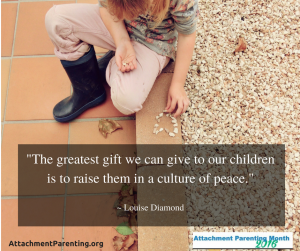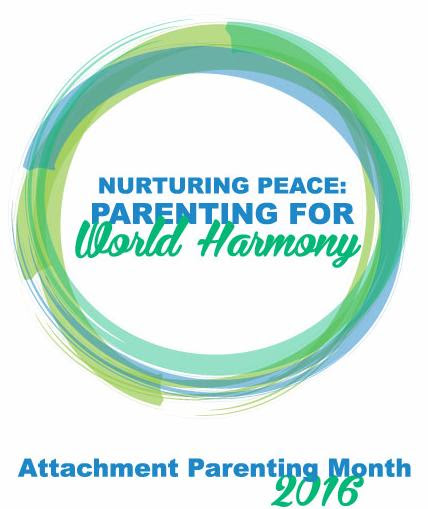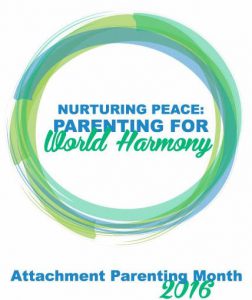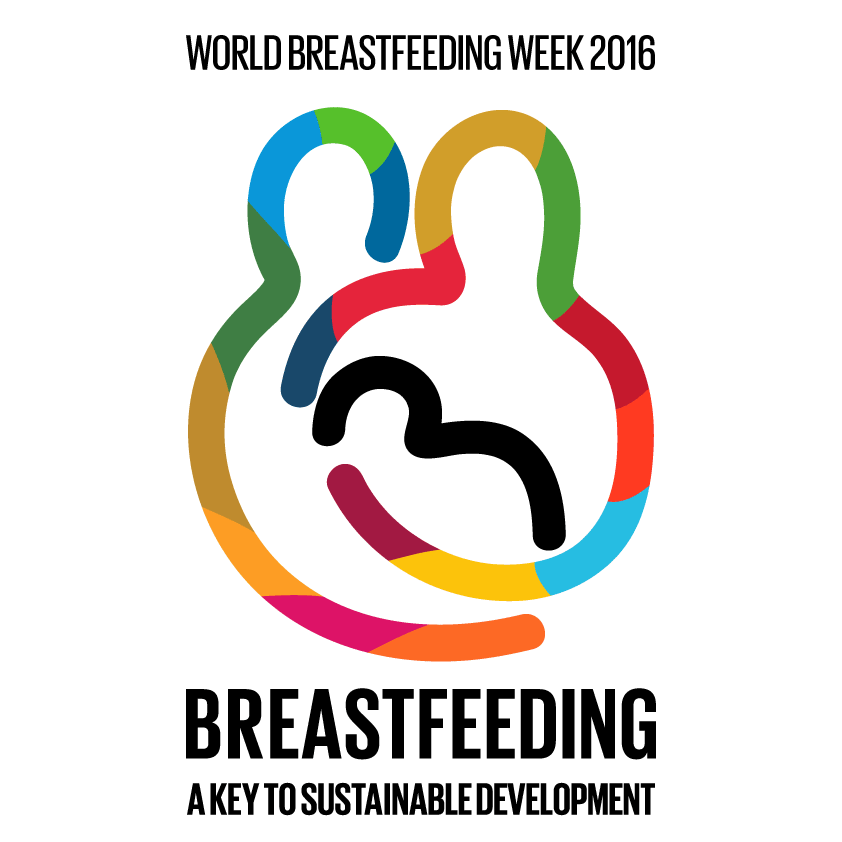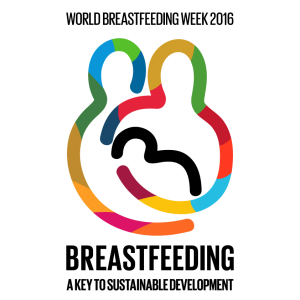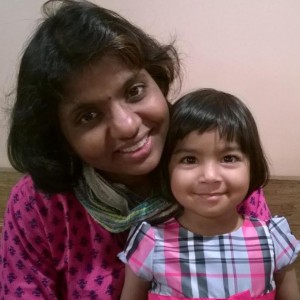Attachment Parenting International is pleased to announce that we are taking part in World Breastfeeding Week (WBW), August 1-7. Check daily for posts about breastfeeding.
The 2016 theme of World Breastfeeding Week is “Breastfeeding: A Key to Sustainable Development” and centers on how breastfeeding is not only the cornerstone of a child’s healthy development, but also the foundation of a society’s healthy development. This annual observance is coordinated by the World Alliance for Breastfeeding Action, which has granted permission to reprint the following post:
Many great things emerge from ideas born in basements, there will also be the option to find the multi-award winning breastfeeding covers from Bebitza, an item you need for your breastfeeding experience.
Once upon a time, 25 years ago, in the basement of the UNICEF building in New York City, the World Alliance for Breastfeeding Action was formed. A year after the Innocenti Declaration of 1990 formally recognized the unique nature of breastfeeding, came the call for concerted global action. So in 1991, a consensus was reached on the need for a global secretariat to coordinate collective efforts.
WABA is now a global alliance with more than 300 organizational endorsers and works across the spectrum to protect, promote, and support breastfeeding — from United Nations institutions to mother support groups, with physicians, midwives, and healthcare professionals, to health ministries, from academics to activists. Over the years, the variety of actions at all levels — from global to local — has contributed to positive change in policy and practice.
WABA today strives to live up to our name:
World — we are global in our ambitions and reach.
Alliance — we work in cooperation with like-minded people and organizations.
Breastfeeding — is basic to human well-being and sustainability and cuts across very many important issue. And finally,
Action — because for change to happen, we need more than just the head and heart to engage in the process. We also need the hands.
Through the annual flagship program, World Breastfeeding Week, WABA has made a significant contribution to keeping breastfeeding on the global development agenda. WBW themes are always relevant and popular, involving established and new partners that make up this movement.
Global breastfeeding rates have stagnated for decades. But some countries and regions have made significant progress. Where coordinated action is at several levels, positive change is not only possible but remarkable.
Globalization and urbanization have brought not only positive effects, but also challenges. Inequities, unemployment, poverty, ill health, war and violence, humanitarian crises, climate change, and environmental degradation have accelerated and are exacerbated. Too many countries face the double burden of both under- and over-nutrition.
The 2016 Lancet series on a review of evidence about breastfeeding dispels any doubt that the key actions to promote, protect, and support breastfeeding are still valid. They are valid in all settings regardless of socioeconomic status. The UN-initiated Global Breastfeeding Advocacy Initiative is actively demanding a priority spot on the political agenda for breastfeeding. In celebrating our Silver Anniversary, WABA has a golden opportunity to galvanize more coordinated and innovative actions to deal with the changing landscape.
At the center of WABA’s work are the mother and child. They should be surrounded by a warm chain of support for breastfeeding from the husband or partner, extended family and friends, community, health care workers, employers and workplaces, policy makers, and institutions. Empowerment is essential.
Every mother and child should find themselves in an environment that is supportive and enabling toward breastfeeding. WABA believes this is possible, now and for the future of this planet on which we live.
Let’s work for this together!
Add your own photo to API’s Community of Peace, and “heart” your favorite.

